First year results of ground-breaking trials undertaken to test a landrace wheat believed to be resistant to slugs could have far-reaching implications for how new technologies are tested in the field. Tom Allen-Stevens rounds up the findings to date, highlights how to get involved and offers an insight on what’s yet to come.
Ten UK farmers have successfully delivered an on-farm trial to explore the properties of a wheat believed to be resistant to slugs. But record low slug populations last autumn have meant results from the scientific trial – the first of its type to be conducted by UK farmers – are inconclusive.
The trial is part of a study, co-ordinated by BOFIN (British On-Farm Innovation Network), to help farmers move away from a reliance on chemical control measures and the potential environmental impact of those chemicals.
The ten “Slug Sleuths” – farmer members of the network – were contracted to establish a trial plot of Watkins 788, a landrace wheat variety never grown before on commercial farms in the UK. This was compared with their farm standard wheat variety and the farmers monitored the plots closely for slug activity.

The farms involved are spread across England, from Cambridgeshire to Devon, Oxfordshire to North Yorkshire. The Sleuths followed a protocol developed by BOFIN with Keith Walters, Professor of invertebrate and pest management at Harper Adams University, who also analysed the results. “The farmers did a first-rate job,” he comments.
“The detail of the trial requirements was delivered almost flawlessly. This gave us an excellent set of data up to the publishable standard you’d expect from professional trials technicians.”
Field trials are an essential element when testing new techniques and technologies, he points out, so the fact that farmers can set up and deliver valid results is significant.
“The implications are huge – If we can get scientifically sound results from a range of sites without sending research assistants all over the UK, that offers significant savings for field research.”

However, the hot summer and dry autumn conditions confounded conclusions that could be drawn. Very few slugs appeared at establishment or soon after, when crops are at their most vulnerable to damage, and none of the wheat across the plots suffered significant damage.
“I’ve never known a year like it – it was good news for farmers, but sadly we are no closer to knowing whether this wheat does have a slug-resistant trait,” he concludes.
Ecological improvement
The first year of the Slug-Resistant Wheat project, which started in April 2022 and is led by BOFIN, is supported through a contribution by the Environment Agency as part of its Environment Programme. This supports partner-led projects in a Catchment Based Approach to improve the chemical and ecological quality of waterbodies.
Each of the Slug Sleuths drilled the trial within a first wheat crop, following oilseed rape, in a part of a field they knew was problematic for slugs. Four 20x20m plots were established – two of Watkins 788 while the other two were the farm-standard wheat variety. Two slug refuge traps were placed in each plot and monitored by the farmers twice a week.
“Previous research has shown this to be the right size of plot and distribution of traps to adequately monitor slug feeding behaviour. Ideally we would have liked more replication at each site, but the intention of the trial was as much about whether farmer-led trials would yield appropriate data, as the impact of the wheat lines on slug damage,” notes Keith.
A previous field trial had shown a significant difference in slug damage to the Watkins 788, but the plot was too small, due to limited availability of seed. It’s still unknown whether the landrace variety truly resisted slugs, or whether they simply moved next door to a plot of more palatable wheat.
“This time the plots were the right size, and we had ten separate trials, rather than just the one, to put the wheat to the test. But there simply weren’t enough slugs at any of the sites,” he reports.
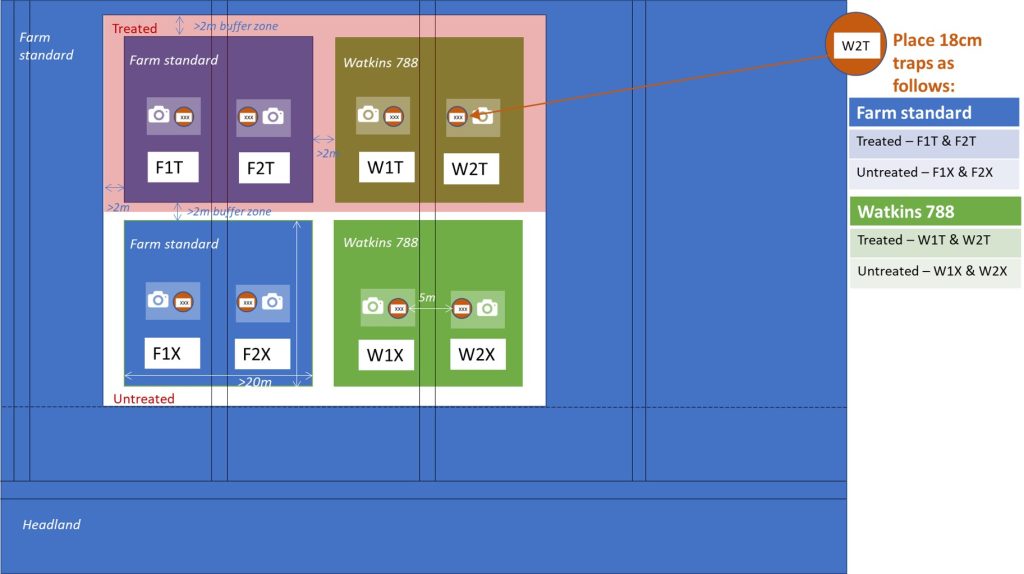
“Years of studies with refuge traps have shown you need at least 1.2 slugs on average per trap to reach a valid conclusion about any difference between treatments. The most we had in this trial was 1.07/trap, the next highest was 0.46/trap, and one of the sleuths recorded no slugs at all in traps.”
Plenty of beetles were found in the plots, however, which has spurred the sleuths on to find out more about their value as slug predators and how to encourage them in the field. Valuable lessons were also learned about monitoring methodology.
“The sleuths were asked to photograph the wheat at each visit and also provide a crop condition score based on their own farming experience” explains Keith. “But this is a subjective measurement and scores differed between sites for what was essentially a crop of the same condition. The photos, however, built into a very valuable record of crop growth at emergence. The question now is whether these are best assessed by the human eye or by a computer algorithm to detect differences.”
The monitoring also showed Watkins 788 generally emerged later and slower than the farm-standard variety. The very latest observations from the plots this spring show that the landrace variety has caught up with its modern counterpart, and on some farms sped through to stem extension earlier.
“The influence of early crop growth on its ability to withstand damage is something we should look at in year two,” notes Keith. “We’re also keen to scale up at each site with more replication, and will work with the sleuths to ensure we keep the trial design easy enough to implement.”
Genetic technologies
It was how the Watkins line behaved in lab-based feeding trials that initially sparked interest in the genetics, explains Dr Simon Griffiths at John Innes Centre, who leads the BBSRC-funded Developing Sustainable Wheats (DSW) programme.
“The Watkins Collection comprises 827 landrace varieties brought together in the 1920s and ‘30s before systematic plant breeding began. We’ve used genetic and genomic technologies to reduce these down to 120 representing the genotypic diversity of the original collection.
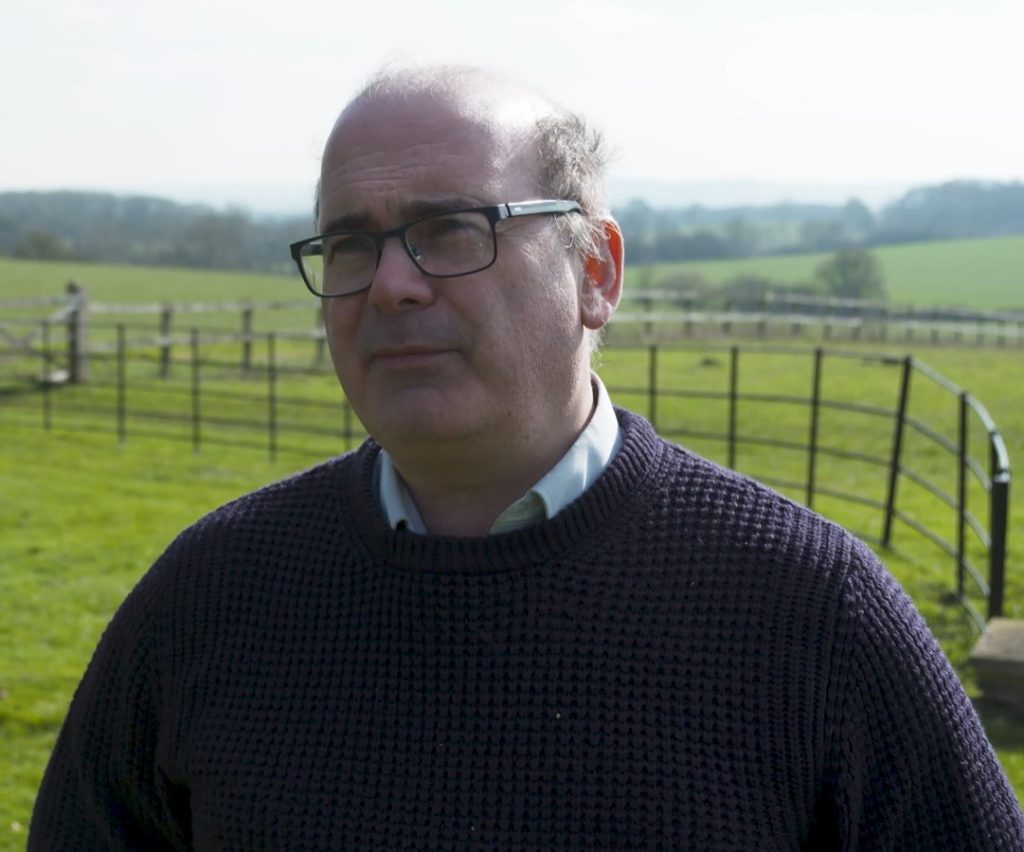
“This is a far greater pool of wheat genetics than is currently available in elite lines, offering breeders traits that simply don’t exist in modern wheats,” he says.
These 120 wheats were screened through feeding trials at the JIC Insectary in 2015, as part of the Defra-funded Wheat Genetic Improvement Network (WGIN). Slugs were given a choice and their behaviour studied. Watkins 788 was a line consistently spurned.
“We firstly need to confirm this finding and the results of the 2016 small-plot trial (below), which is the purpose of the current field trials,” explains Simon. “We also want to understand what genes are contributing to that resistance.”

The DSW team of wheat genetics specialists aim to home in on Quantitative Trait Loci (QTL) – chromosomal regions believed to be responsible for a trait. They’ve taken Watkins 788 and developed 77 recombinant inbred lines (RILs) by crossing it with Paragon, a relatively modern spring wheat used frequently in research.
“The whole genome of Watkins 788 has been broken up and spread out over these 77 lines, so we can study them in detail and hopefully identify the QTL. Then we can pass the genetic markers for slug resistance to breeders, along with germplasm they can incorporate into their lines,” he continues.
Further feeding trials
First the RILs have to be studied through the same feeding trials that identified the initial discovery, to find out which have taken on the phenotype. This is the expression of slug resistance that be characterised by molecular markers. Those trials have just got underway, as part of the farmer-led project, conducted by Dr Victor Soria-Carrasco and the Entomology and Insectary Platform team at John Innes Centre.
“The aim is to identify several resistant lines we can multiply up for further in-field trials conducted by farmers,” says Victor. “But we’re not just testing the RILs. The farmers and others involved in the project have requested we test other wheat varieties and specific properties.”
Around the core group of Slug Sleuths is the BOFIN Slug Circle – over 100 growers, scientists and others kept informed of project progress through webinars and updates. They help direct and shape the trial and have highlighted key priorities for Victor and the team to test in the lab. While the RILs will be multiplied up for future trials, the Slug Circle have prioritised for properties that will be tested in the field this autumn:

- Run the initial test again to establish with certainty that Watkins 788 is disliked by slugs.
- Test seed versus young shoots to determine exactly what it is that slugs like to eat and what they dislike about the landrace line.
- Test a KWS Santiago x Graham line bred by John Blackman that may have a similar property – four of the Slug Sleuths have tested the line in the field trials alongside the Watkins 788.
- Test against popular and upcoming commercial lines the Sleuths will be growing this autumn – KWS Dawsum, KWS Extase, Gleam, Graham and RGT Grouse.
- Assess the effect of seed dressings.
The trials will take place over the spring and early summer while slugs are active, but Victor highlights that a shortage of the slimy pests could again prove to be a problem. “We need well over 1000 slugs to run these trials, so we’re appealing to farmers and others interested in getting involved to send in slugs.”

